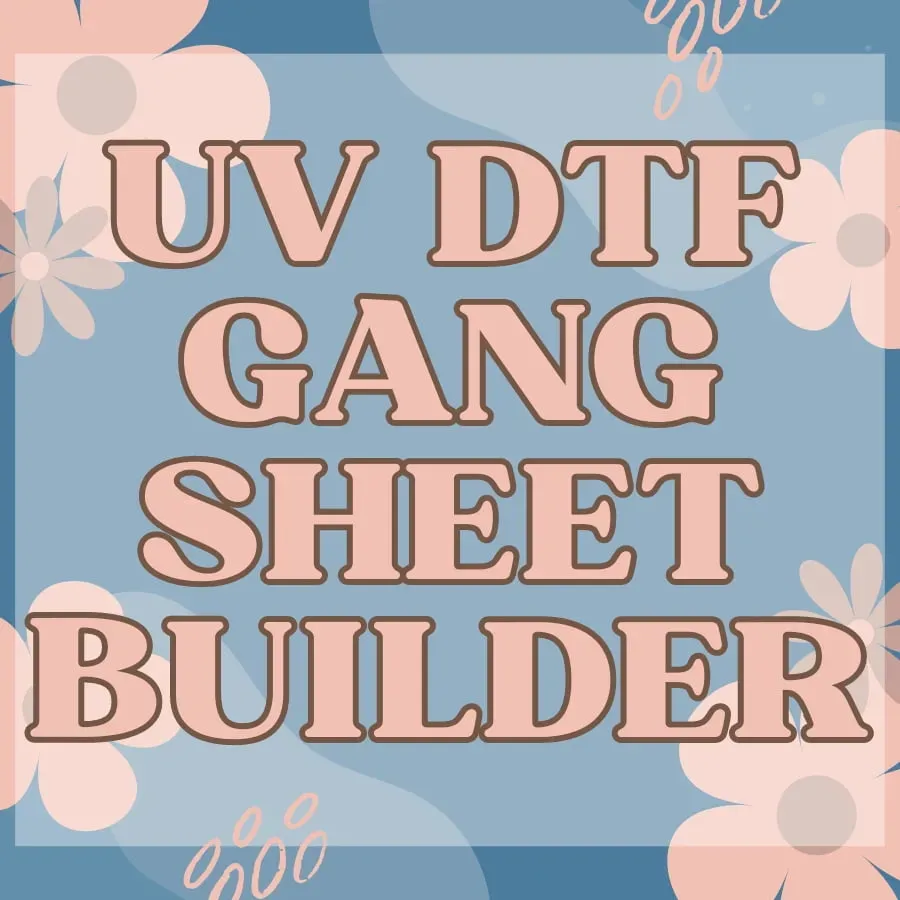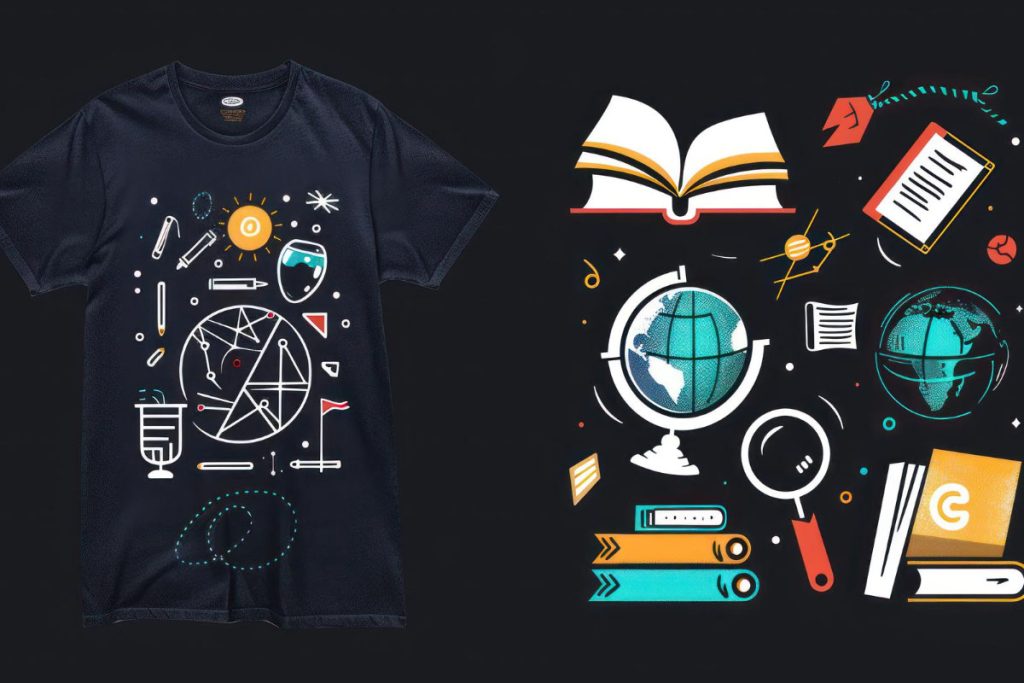DTF gangsheet construction is a pivotal aspect of the Direct to Film (DTF) printing process that every printmaker must grasp to ensure efficiency and quality. Located at the intersection of creativity and practicality, constructing a well-optimized gangsheet allows users to maximize their film usage while minimizing waste—an important factor in today’s eco-conscious market. This guide provides essential DTF printing tips and techniques that will enhance your ability to design efficient gangsheet layouts, ensuring that every design is printed with precision. By understanding the key components and best practices in gangsheet design, you can elevate your printing capabilities, ultimately leading to impressive results in custom apparel production. Whether you are a novice exploring DTF or a seasoned professional looking to refine your skills, mastering gangsheet construction will be crucial for your success in the textile industry.
When discussing the art of creating prints via Direct to Film methods, the term “gangsheet” refers to the assembly of multiple designs on a single printing sheet to streamline production. This technique not only conserves materials but also enhances productivity, making it a preferred choice among print specialists. Known colloquially within the industry as batch printing or multi-design layout, the process allows for intricate and diverse designs to be printed simultaneously. The practical builder’s guide to this process covers essential aspects such as effective layout strategies, the selection of appropriate materials, and key heat transfer techniques. By assimilating these elements, practitioners can ensure that their DTF printing endeavors are not only efficient but also yield high-quality results.
The Fundamentals of DTF Printing
DTF printing, or Direct to Film printing, has revolutionized the way designs are transferred onto textiles. By using high-quality water-based inks that are printed on a specially coated film, this innovative method allows for vibrant and detailed reproductions of artwork. The process begins by printing a design onto the film, which is then covered in a heat-activated adhesive that binds the image to fabrics such as cotton and polyester. This technique not only enhances the durability of prints but also provides flexibility in application, whether for simple logos or intricate patterns.
Understanding the fundamentals of DTF printing is essential for anyone looking to enter the custom apparel market. The technology’s appeal lies in its speed and efficiency, allowing for short production runs—a significant advantage over traditional screen printing. Additionally, DTF printing showcases excellent color fidelity and washability, making it a preferred choice for textiles that require regular laundering. Mastering this printing technique ensures satisfaction and quality for your customers.
Maximizing Efficiency with Gangsheet Design
Gangsheet design is a pivotal aspect of DTF printing, allowing multiple designs to be printed simultaneously on a larger sheet. By strategically arranging various prints on a single gangsheet, you optimize material usage and reduce waste, a significant concern in the printing industry. This efficiency not only saves costs in raw materials but also streamlines the production timeline, enabling faster turnaround for client orders. Understanding how to effectively utilize space on the gangsheet will enhance your overall production workflow.
These designs should be laid out with careful consideration of margins and spacing, as this will affect the cutting and application stages. Utilizing design software can facilitate precise arrangements, ensuring that each design fits harmoniously around one another without unnecessary blank spaces or overlapping. This thoughtful gangsheet design approach not only contributes to material conservation but also boosts the aesthetic appeal, allowing you to present a professional quality product to your customers.
Crucial Components: Film and Adhesive Selection
The choice of film and adhesive in DTF gangsheet construction is crucial for achieving optimum print quality. Various types of transfer films are available, each with distinct properties tailored for specific fabrics. Using a high-quality transfer film that is made specifically for DTF applications will result in vibrant colors and durable prints. It is equally important to select an adhesive that bonds effectively with the chosen film and fabric to ensure longevity, especially for items that will undergo frequent washing.
Moreover, understanding the compatibility between different film and adhesive combinations helps prevent common issues such as peeling or cracking, thereby resulting in superior prints. When experimenting with new materials or techniques, keep a close eye on how they perform together. Proper selection and testing of these components lead to successful outcomes, ultimately defining the quality of your final textile products.
Effective Heat Pressing Techniques for Quality Results
Heat pressing is the final and perhaps the most critical step in DTF printing that permanently bonds your design to the fabric. The quality of the final product heavily relies on the accuracy of the temperature, pressure, and pressing time applied during this process. Each film type comes with specific instructions from the manufacturer regarding the optimal settings, and it is vital to follow these guidelines closely to achieve the best results.
A well-calibrated heat press that provides uniform temperature and pressure across the entire platen can significantly impact adhesion quality. It is advisable to conduct test prints to evaluate how different fabrics react to pressing—this includes observing how well the design adheres and the appearance post-press. Consistency in your heat pressing technique will ensure that each print maintains high quality, thereby enhancing your production efficiency and customer satisfaction.
Practical Tips for Successful Gangsheet Construction
Mastering gangsheet construction goes beyond understanding the theory; practical application is key. Regular maintenance of your DTF printer and heat press must be a top priority to avoid printing flaws. Scheduled cleanings will help maintain the integrity of your equipment, ensuring they operate efficiently without interruptions or defects. This kind of diligence is essential for delivering high-quality prints consistently.
Another essential practice is to perform trial runs before embarking on full production. Testing should not only include color accuracy checks but also adhesion tests to confirm that prints hold up to washing and wear. These tests are crucial for quality assurance, allowing you to identify and rectify any potential issues early, ensuring that your final product meets the standards set for your business.
Staying Updated with DTF Printing Trends
In the fast-evolving world of textile printing, staying updated with the latest trends in DTF printing is vital for maintaining a competitive edge. New innovations in inks, films, and printing technologies are continually emerging, and being in-the-know can drastically enhance your production efficiency and product quality. Engage with online forums, attend trade shows, and participate in workshops to keep abreast of industry advancements.
By investing time in continued education and following prominent leaders in the DTF printing community, you can learn invaluable tips and tricks that help refine your gangsheet construction methods. This not only boosts your skills but can also inspire new creative ideas that can set your work apart from others in the field.
Frequently Asked Questions
What is DTF gangsheet construction and how does it work?
DTF gangsheet construction refers to the process of arranging multiple designs together on a single film sheet for direct to film (DTF) printing. This method maximizes material use, reduces waste, and allows for batch printing of different designs efficiently.
What software should I use for effective gangsheet design in DTF printing?
For effective gangsheet design in DTF printing, design software like Adobe Illustrator or CorelDRAW is recommended. These tools help ensure accurate layout, spacing, and scaling of your designs to fit perfectly on the gangsheet.
What types of film and adhesive are best for DTF gangsheet construction?
When constructing DTF gangsheet, it’s crucial to choose high-quality transfer films specifically designed for DTF printing. Additionally, select an adhesive that matches your chosen film and fabric for optimal adhesion and durability.
How do heat pressing techniques impact DTF gangsheet prints?
Heat pressing techniques are vital in DTF gangsheet construction. Proper temperature, pressure, and pressing time, as recommended by film and adhesive suppliers, ensure that designs adhere securely to fabrics and maintain high-quality prints.
What are the key practical tips for successful DTF gangsheet construction?
Key practical tips for successful DTF gangsheet construction include regular maintenance of your DTF printer, performing test runs for color matching and adhesion, and carefully monitoring drying times to ensure optimal print quality.
How can I maximize efficiency in my DTF gangsheet printing process?
To maximize efficiency in DTF gangsheet printing, focus on optimizing your design layout, using high-quality materials, maintaining your equipment, and implementing test runs before full production to avoid costly errors.
| Key Points | Details |
|---|---|
| Introduction to DTF Printing | DTF printing allows for high-quality designs on various fabrics using a coated film method. |
| What is DTF Printing? | A process using water-based inks on a special film applied with heat-activated adhesive. |
| Understanding Gangsheet Concepts | Gangsheet maximizes material usage by batching multiple designs on one sheet. |
| Design Layout and Optimization | Utilize design software for layout, ensuring proper dimensions and adequate margins. |
| Film and Adhesive Selection | Select high-quality film and compatible adhesive to ensure print quality and durability. |
| Heat Pressing Techniques | Follow manufacturer guidelines on temperature, pressure, and pressing time for optimal results. |
| Practical Tips for Success | Regular maintenance, testing before full production, and monitoring drying times are crucial. |
Summary
DTF gangsheet construction is a vital area of focus for anyone involved in DTF printing, ensuring efficient use of materials and high-quality prints. By understanding the intricate processes of design layout, selecting the right materials, and mastering heat pressing techniques, you’re set to elevate your printing game. Continuous learning and practice will solidify your skills, leading to a more streamlined workflow that meets the demands of the custom apparel industry. Embrace the guidelines laid out in this guide to enhance your DTF gangsheet construction abilities and achieve outstanding results.



